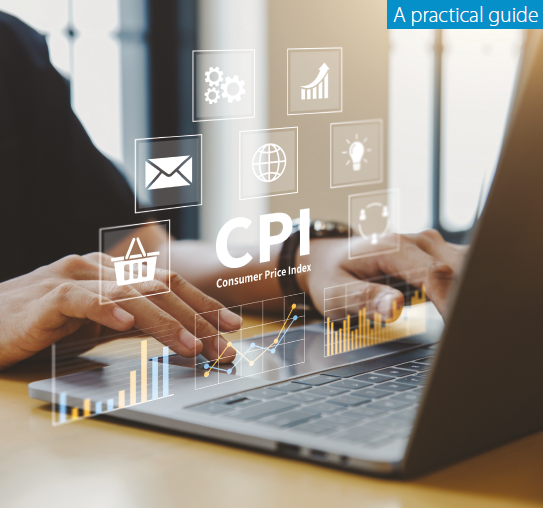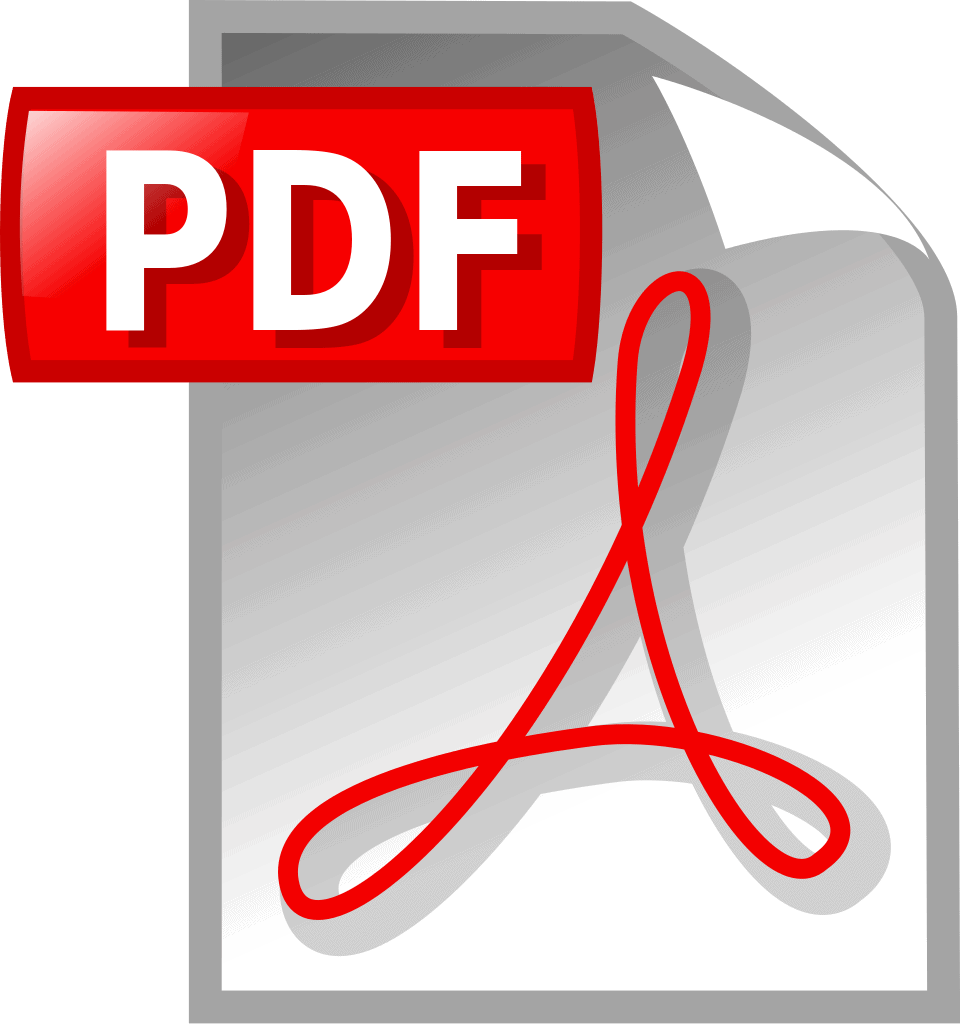Chapter 5 Communication
5.1 Introduction
5.1 Communication of official statistics involves both consultation with stakeholders and user groups and the dissemination of data and metadata. Section 5.2 gives guidance on consultation with stakeholders and user groups in advance of the implementation of changes in the classification of goods and services in the CPI. Section 5.3 provides brief guidance on the dissemination of time series and documentation. Section 5.4 provides examples of communication with non-experts and key users, which may be adapted to suit national circumstances. Key points of the chapter are summarised in section 5.5.
5.2 Consultation with stakeholders and user groups
5.2 A classification change is a substantial change that may affect the structure, content, and expenditure weights of the CPI. It may also impact already published historical series and future series of the CPI. It is therefore recommended to reach out to stakeholders and main groups of the CPI well in advance of the implementation of changes in the classification of goods and services. Stakeholders and user groups may include, e.g., central banks, ministries, labour and employer organisations, consumer associations and researchers. Extensive users of the CPI will often need more detailed information and documentation, for example, on methods used to implement classification changes, the linking of series across the old and the new classification as well as information about possible data breaks at different levels of aggregation. Some users may also need long time series for analyses or forecasting.
5.3 Communication and consultation with stakeholders and main user groups may involve the following issues:
Why adopt COICOP18
Provides a clear and consistent structure for the classification of consumed goods and services.
Is widely recognized and used globally and facilitates international comparisons.
Harmonization with other statistics that use COICOP, such as the national accounts, household budget surveys and purchasing power parities.
What are the main changes in COICOP18
When moving from COICOP99 to COICOP18, the main changes should be documented and communicated to users. The main changes are listed in Box 1. A correspondence table can help explain the changes for users.
What is the impact on historical series
Typically, no impact on the overall past CPI results which remain unchanged. In principle, price indices at the total level are not revised. Higher-level indices could be revised if there is a change in classification and retrospective index series are recompiled.
Some old sub-indices may no longer be available (break in data series), while other new sub-indices may not have been available in the past (new series).
What is the impact on future series
Impact on the future indices because of new or disappearing products or move of products to other elementary or higher-level indices; updated samples of products and outlets; and changes in expenditure weights resulting from the reclassification. If there is a considerable users’ need, NSOs may consider assessing and communicating the impact of the update.
If the index reference period is changed, this must be explained to users.
Methodological changes
Some user groups may need more detailed information about the change in classification, including correspondence tables to bridge between old and new classification and methods for linking old and new series (see Chapter 4).
5.4 Consultation with main users may also involve soliciting information on their needs regarding, e.g., indices for special aggregates of goods and services, further breakdowns of particular sub-indices of goods and services or long time series. Stakeholders and main users of the CPI must therefore be informed and consulted well in advance and more detail than non-expert users. To plan changes, express their needs and update their CPI files and operations, it is recommended that stakeholders and main users are informed about changes in the classification at least six months in advance. This follows IMF’s “Special Data Dissemination Standard (SDDS)” which requires at least 6 months’ prior notice of major methodological changes.
5.5 If an advisory committee for the CPI is established by the NSO, changes in the classification should also be raised and discussed by the committee in good time.
5.3 Dissemination of data and metadata
5.6 The CPI should be published in line with the UN Principles of Official Statistics. CPI data should be made available at the same time to all users and with sufficient documentation and explanation to support the correct interpretation and use of the statistics.
5.7 When changes in the classification of goods and services are implemented, this means that sufficient information about the changes must be made publicly available to all users, explaining the background and purpose of the change in classification, the main changes in index series, issues regarding the comparability of time series across the old and the new classification, possible data breaks, and providing guidance on the correct use of the series.
5.8 CPI series can be released through different channels, for example:
in the regular CPI press release (in a box, for example, or in an appendix).
in a specific press release presenting the changes in classifications and methods made to the CPI.
in the web page dedicated to consumer prices, together with questions and answers.
through social media.
5.9 If CPI results are published at a very detailed level, it may be useful to indicate, in the file or the table with a footnote or a sign, the changes made: for example:
“Discontinued series due to a change in classification”
“New series following the implementation of the new classification.”
5.4 Examples of communication
5.10 The CPI is used by a wide range of users, including users with expert knowledge and users with little or no expertise, with different needs for information. The CPI Manual (Chapter 14) provides guidance on communication with users.
5.11 Box 4 includes examples of communication of a classification change to expert and non-expert users. Non-expert users will typically need an easy-to-understand overview of the reclassification and how it may impact their continued use of CPI. Expert users are likely to have a more technical understanding of the CPI, including the need to update classifications and assess the potential impact on results. They need to be treated with great consideration, as they use the detailed CPI series for monetary policy (central banks), economic analysis (economic departments or economic institutes) and deflation of nominal values (the national accounts). These users may need information about the new classification implemented for the CPI down to the detailed level of classes or subclasses, the correspondence table that connects the previous classification to the new one, and applied methods when linking index series across the classifications. For the sake of transparency and availability to all, these tables should be published.
Box 4 Examples of communication for expert and non-expert users
Communication to non-expert users and the general public could include information at the following level of detail for an announcement of changes in the CPI from January 2026
From January 2026, the CPI will be based on the Classification of Individual Consumption According to Purpose (COICOP) from 2018 (COICOP18). It replaces the earlier 1999 version of COICOP that was used for the CPI until December 2025.
COICOP is the internationally agreed classification for households’ expenditures on goods and services for consumption. It provides a consistent structure for grouping goods and services in the CPI, from detailed classes and subclasses of goods and services to broader groups and divisions, up to households’ total consumption of goods and services covered by the overall CPI. COICOP18 reflects developments in households’ consumption patterns and new products that have emerged. The use of COICOP facilitates international comparisons of the overall CPI and at the more detailed levels of divisions, groups, classes and subclasses. Further breakdowns of subclasses are made for national purposes.
Together with the implementation of COICOP18, the weights of the groups of goods and services in the CPI have been updated. The sample of products that are being priced followed has also been updated. These updates help to ensure that the CPI continues to reflect households’ consumption patterns.
COICOP18 is implemented with effect from January 2026. The implementation has no impact on past series of the overall CPI. Past series for some groups of goods and services may be impacted by the change in classification
Communication with expert users should include additional information, e.g.,
To move from COICOP99/ECOICOP to COICOP18, a correspondence table has been established. This table, which can be found on our website, provides the key for switching between the two versions of the classification. All comparable series have been linked.
The main changes between COICOP99 and COICOP18 are the introduction of a new division (Insurance and financial services), the introduction of a 5-digit subclass level offering a more detailed classification, an extensive revision of the divisions ‘communication’ and ‘recreation, sport and culture’ (for example, postal services are now part of the ‘transport’ division) and a systematic separation between good and services. All changes can be seen in the correspondence table, as well as in the detailed results file.
5.12 Box 5 provides an example from South Africa of the announcement of the changeover from COICOP99 to COICOP18.
Box 5 Example from Statistics South Africa (Stats SA)
Update of the CPI basket and weights
Stats SA will update the CPI basket of goods and services and respective weights in the January 2025 CPI release. This update will mainly be based on the results of the income and expenditure survey.
Changes to the classification used in the CPI
Stats SA will also introduce changes to the classification of goods and services monitored in the CPI from the January 2025 release.
In 2018, the United Nations Statistics Division adopted an updated version of the Classification of individual consumption by purpose, known as COICOP18. The current version of COICOP was adopted in 1999 and first used in the South African CPI in 2008. The new version aims to reflect changes in consumer expenditure patterns, including the impact of new technology. The greater details now available will improve the international comparability of economic data.
COICOP18 was used to classify expenditure in the Income and Expenditure Survey (IES), which completed fieldwork in November 2023. The IES provides the comprehensive expenditure data for the updated CPI basket and weights to be implemented in the January 2025 CPI release. Stats SA will implement COICOP18 in the Household Final Consumption Expenditure component of the national accounts for the next Gross Domestic Product benchmarking scheduled for publication in 2026.
The most significant change is the creation of a dedicated Insurance and Financial Services category. These services currently form part of Miscellaneous Goods and Services. Several products have moved between categories. For example, computers and televisions have moved to Information and Communication from Recreation, Sport and Culture. Postal and Courier services have moved from Information and Communication to Transport. Several food products will move between groups and be reclassified.
These changes will result in amendments to the format of the CPI release and the Excel time series files. Further details on the updates will be provided closer to the implementation date.
Stats SA will not revise the historical time series to COICOP18. Instead, an indicative time series will be made available using the new classification to enable users to assess the impact of the changes on the inflation rates of different sub-aggregates.
5.5 Key points
Changes in the classification of goods and services should be consulted with stakeholders and main users well in advance of the implementation of the changes in the CPI.
When the CPI is released based on an updated classification of goods and services, sufficient documentation and explanation of the changes in classification should be made available to all users to support the correct interpretation and use of the CPI series.
It is helpful to target communication to different user groups. Different communication channels can be used, including press releases, NSO web pages and social media.



